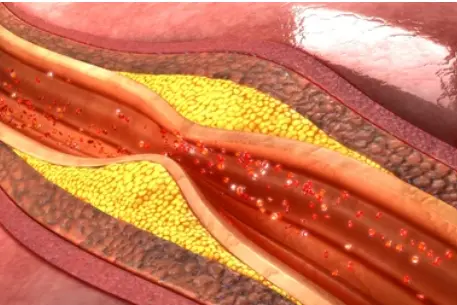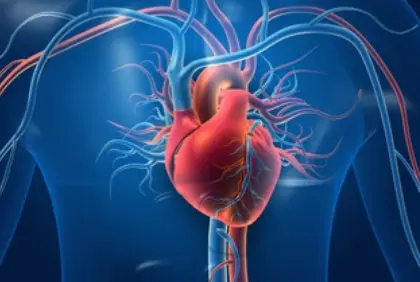 Welcome
Welcome
“May all be happy, may all be healed, may all be at peace and may no one ever suffer."
Hepatic amoebiasis - Generics
Hepatic amoebiasis is a type of liver infection caused by the protozoan parasite Entamoeba histolytica. This infection is more commonly found in developing countries where there is poor sanitation and hygiene practices, and is spread through the ingestion of contaminated food or water.
The symptoms of hepatic amoebiasis can range from mild to severe, and can include abdominal pain, diarrhea, nausea, and fever. In some cases, the parasite can invade the liver, leading to the formation of abscesses. This can cause severe pain in the upper right abdomen, fever, chills, and a general feeling of illness. If left untreated, the infection can spread to other parts of the body, such as the lungs, brain, or skin.
Diagnosis of hepatic amoebiasis can be made through a combination of medical history, physical examination, blood tests, and imaging studies such as ultrasound, computed tomography (CT) scans, and magnetic resonance imaging (MRI).
Treatment for hepatic amoebiasis typically involves a combination of medications to kill the parasite and reduce inflammation. The medications may include antibiotics, such as metronidazole or tinidazole, and anti-inflammatory drugs, such as corticosteroids. In severe cases, where there is a large abscess or significant damage to the liver, surgery may be necessary.
Prevention of hepatic amoebiasis involves good sanitation and hygiene practices, such as washing hands with soap and water before eating or preparing food, and avoiding the consumption of contaminated food or water. In areas where the infection is common, public health measures may be put in place to improve sanitation and access to safe drinking water.

Pre-or post-operative sed...

Testosterone replacement...

Radiographic contrast med...

Flaking scalps

Percutaneous transluminal...

Endometrium cancer

Bacterial or fungal vagin...

Ischaemic heart disease
Hepatic amoebiasis, হেপাটিক অ্যামোবায়াসিস
To be happy, beautiful, healthy, wealthy, hale and long-lived stay with DM3S.